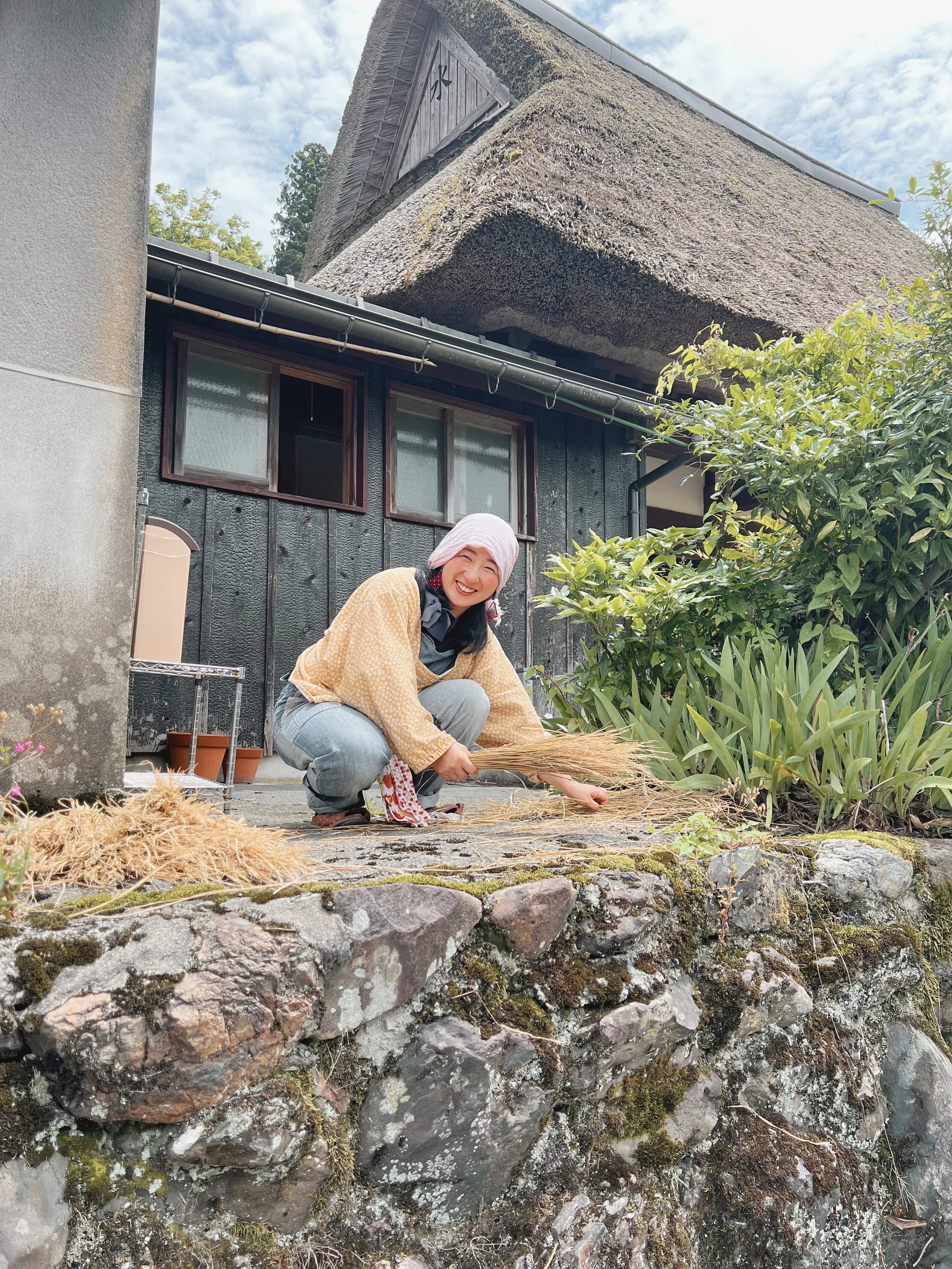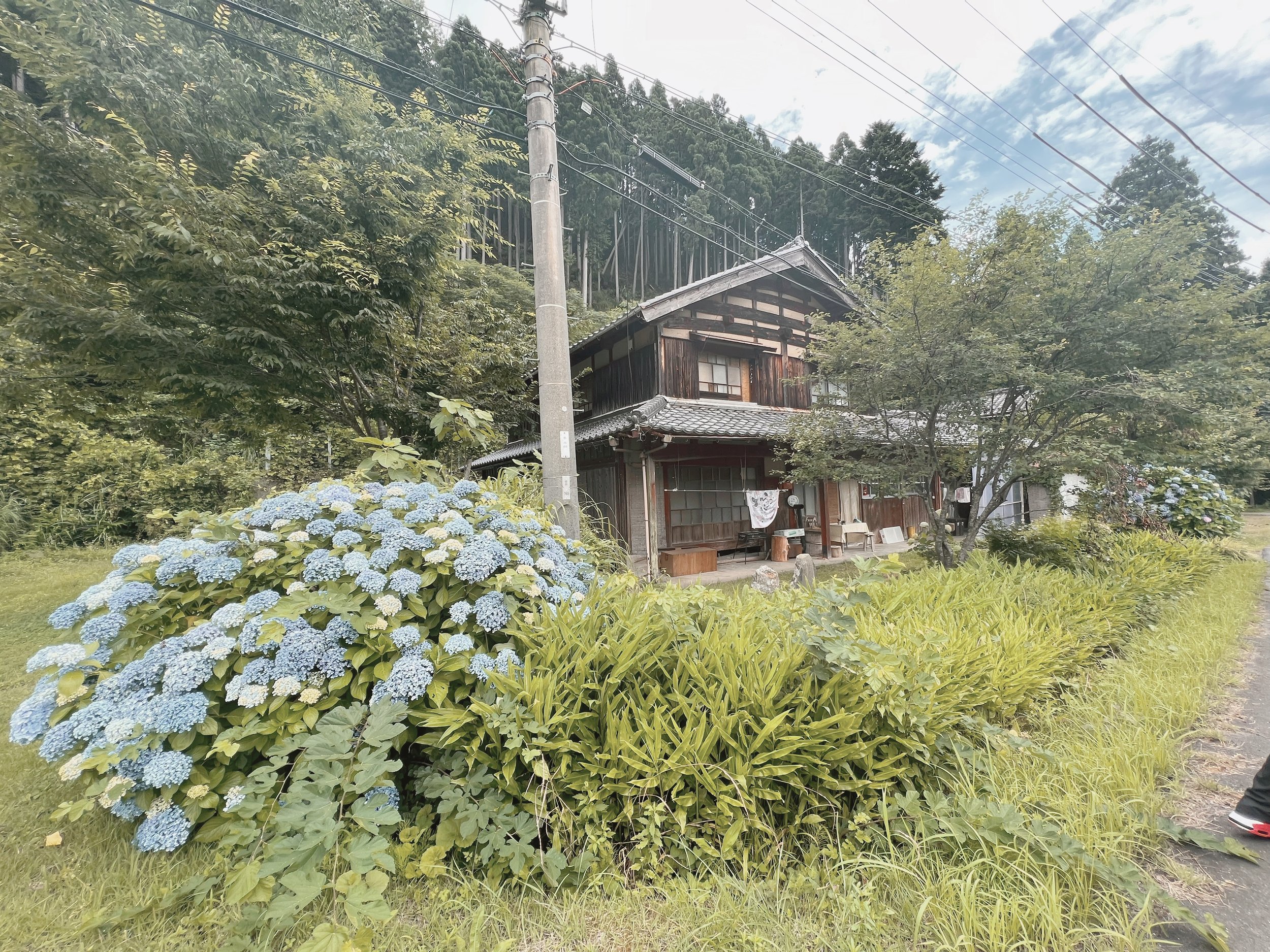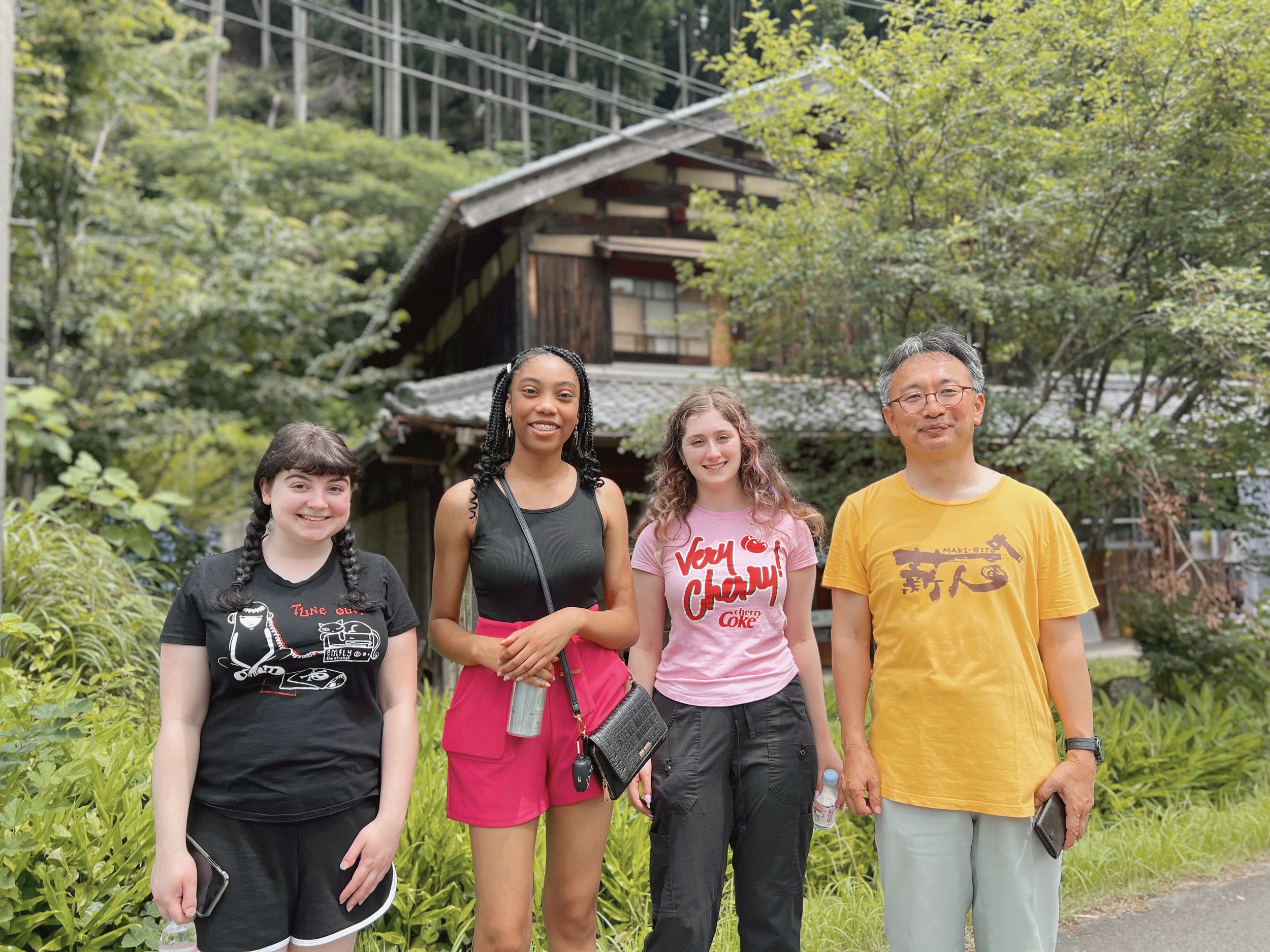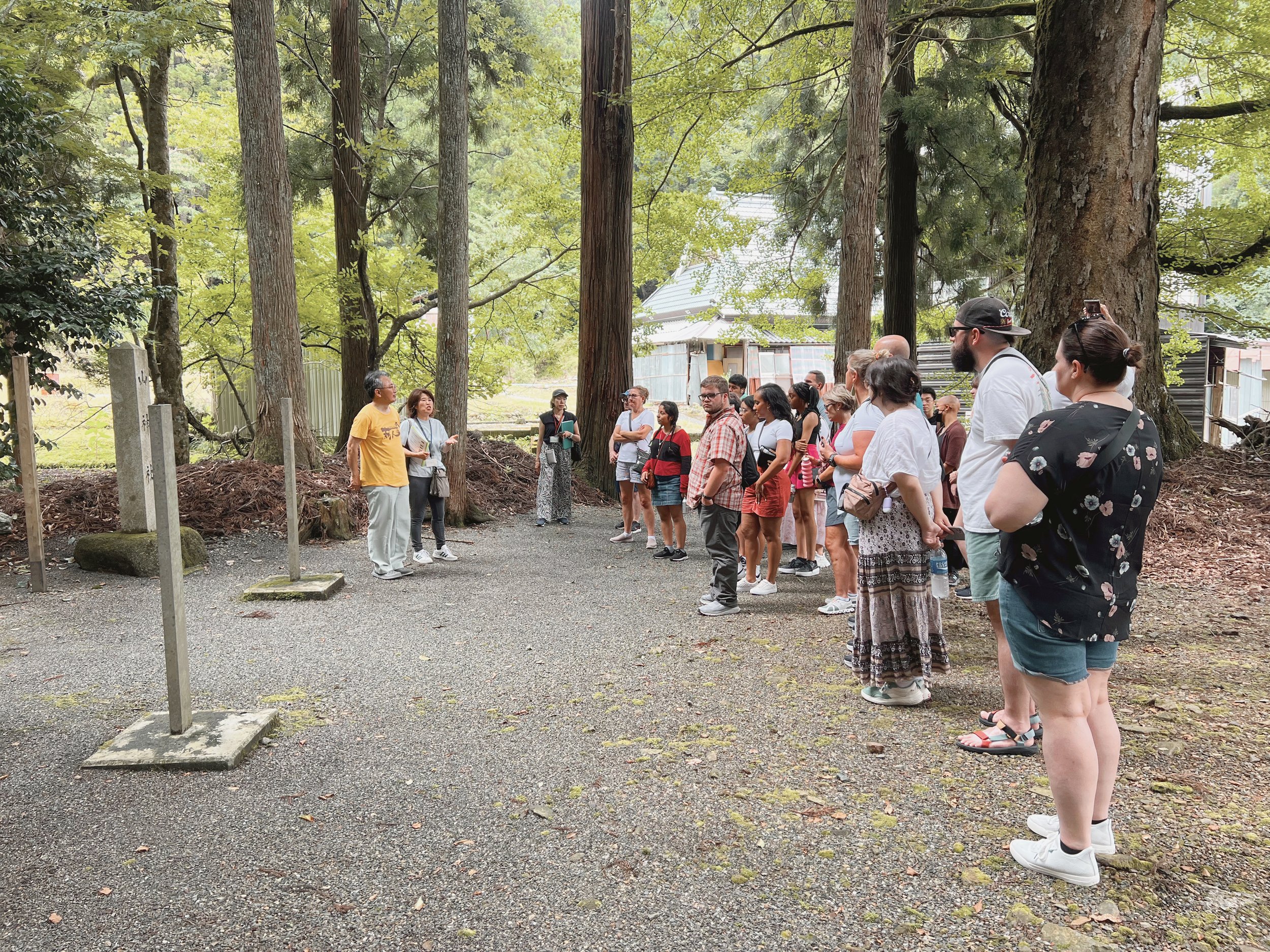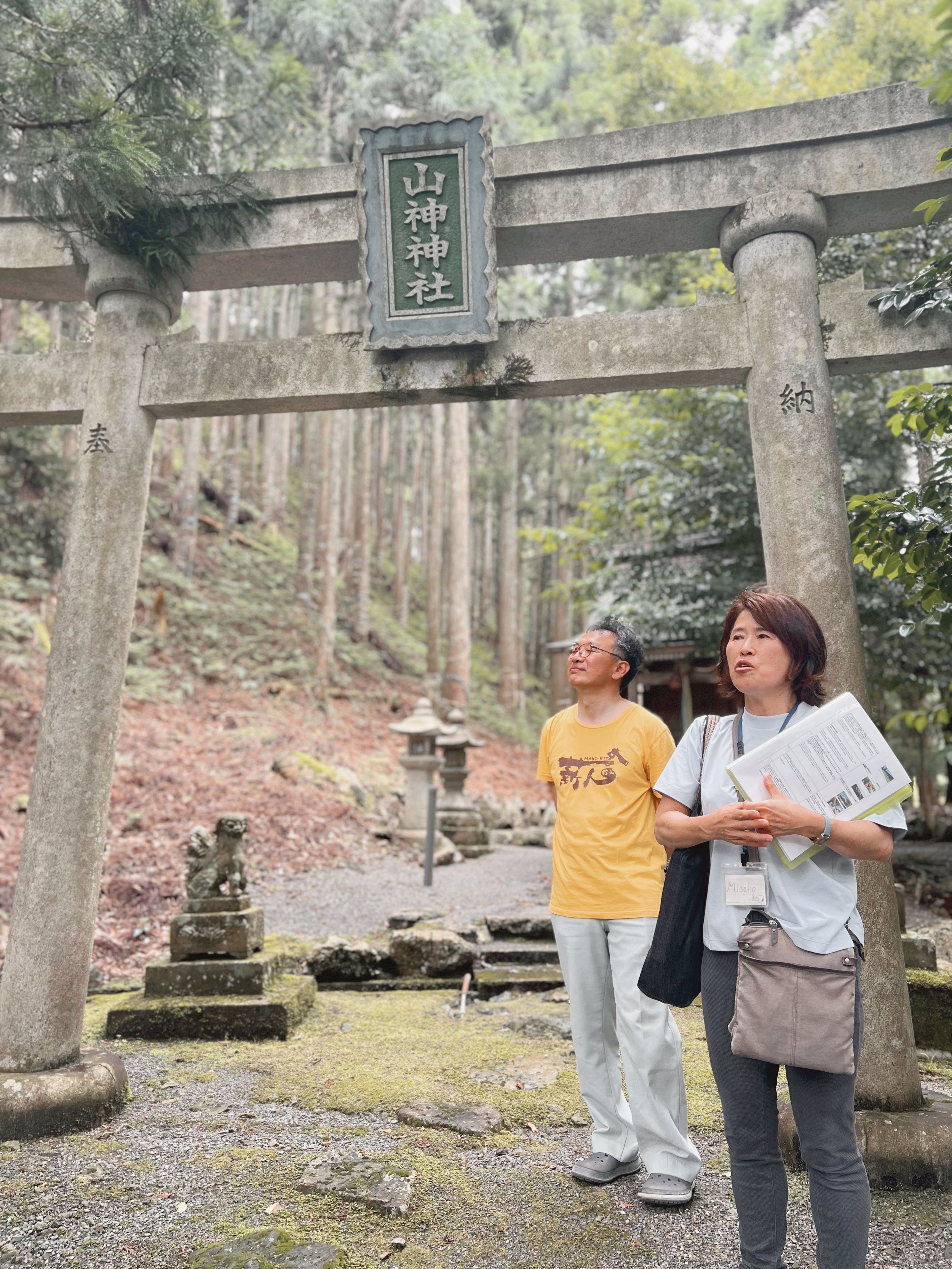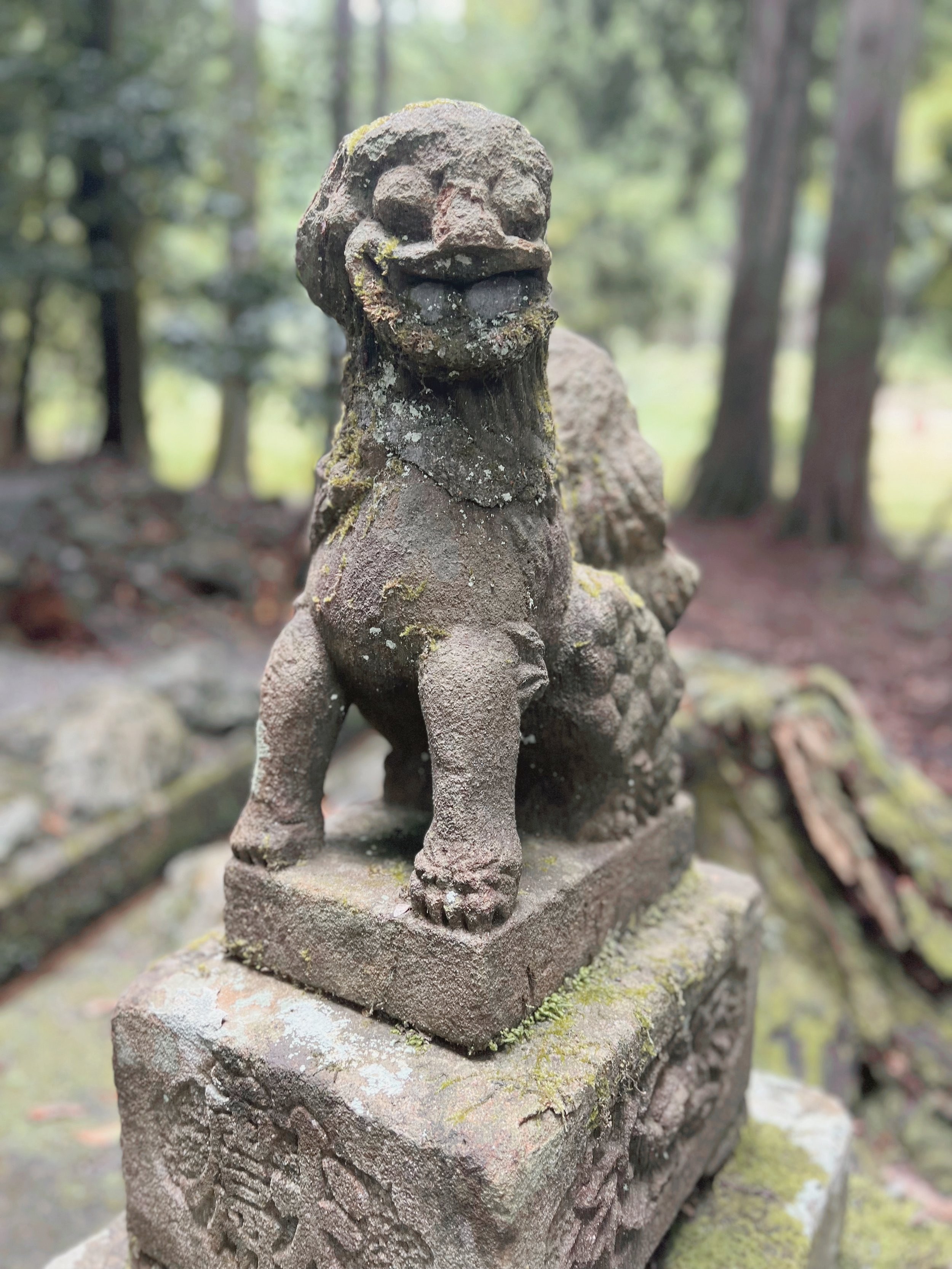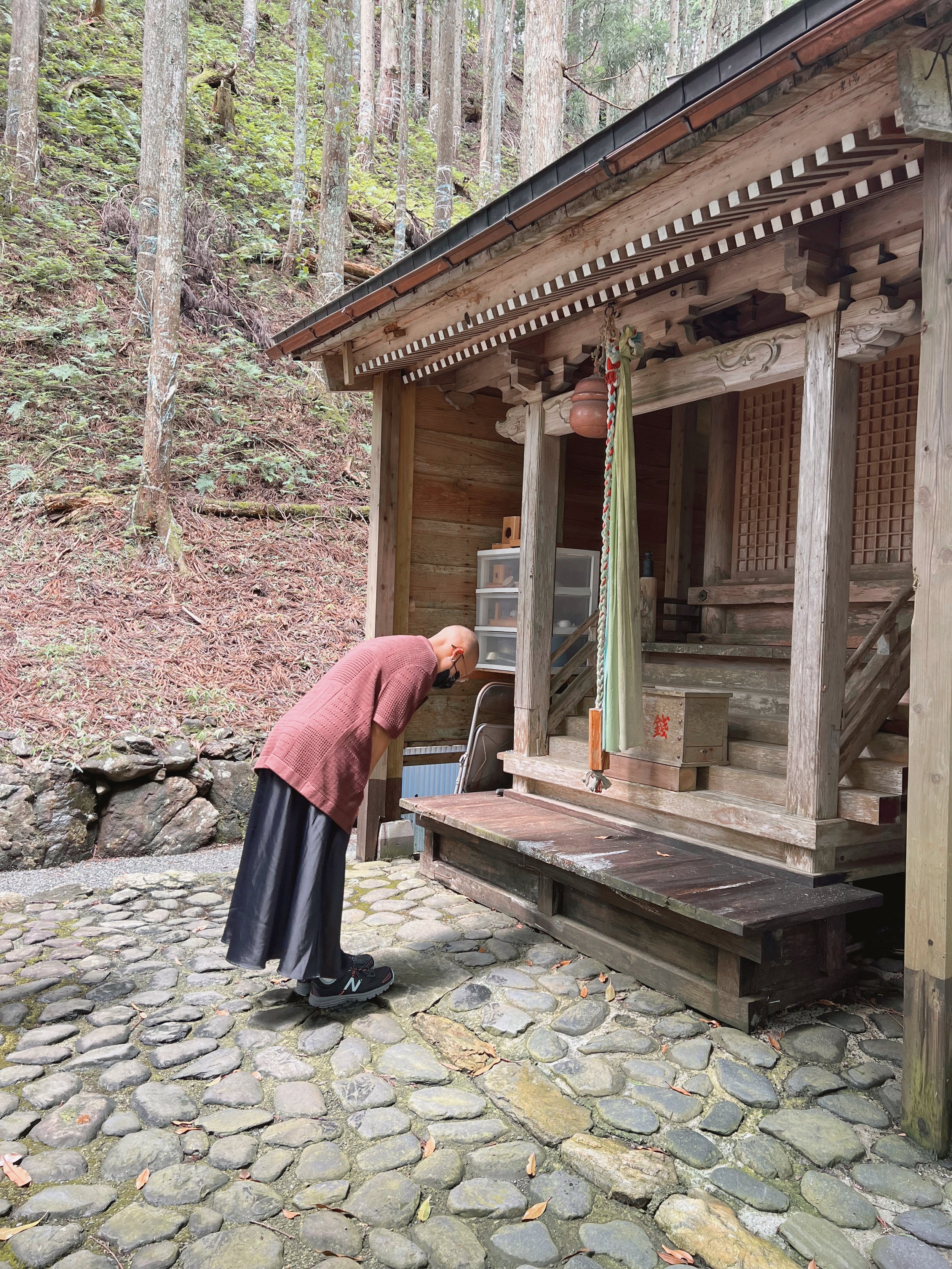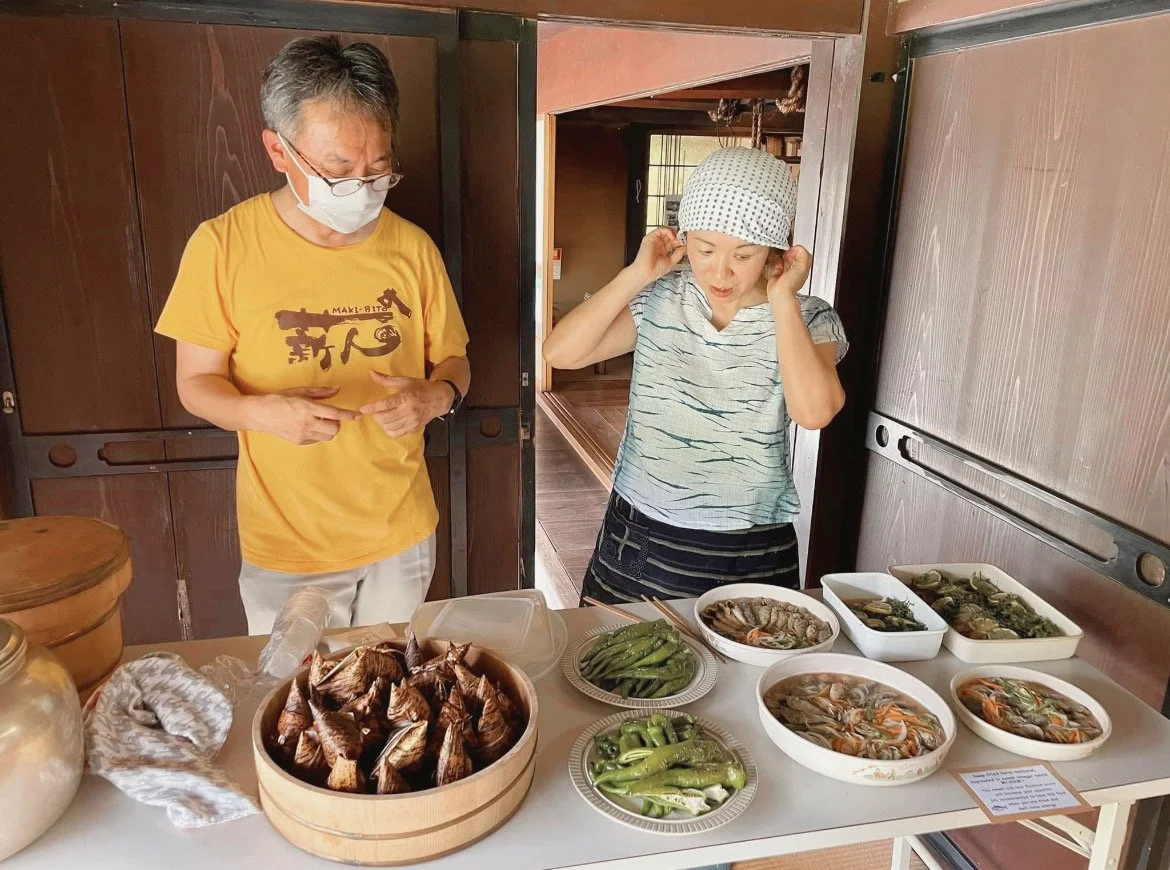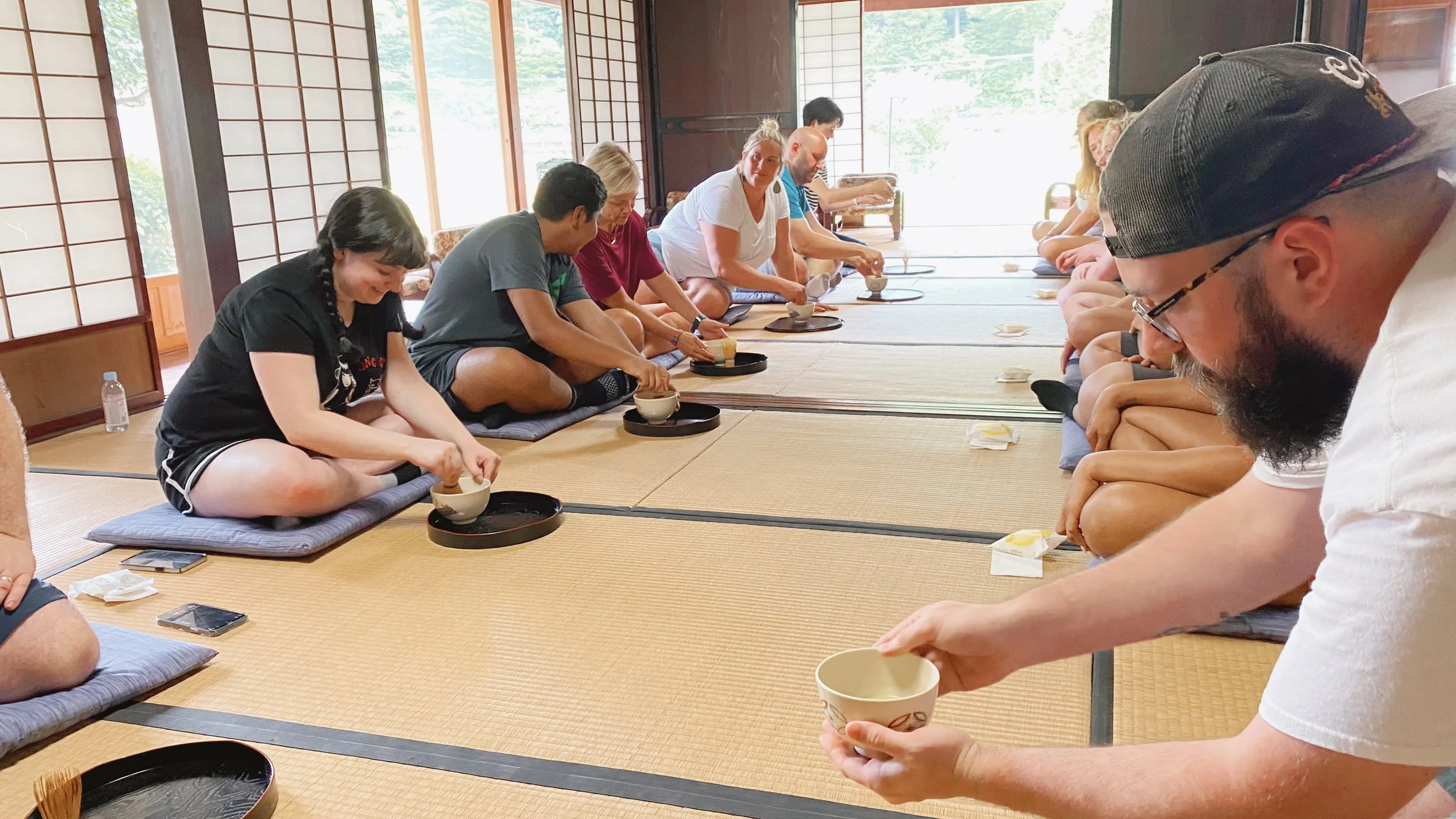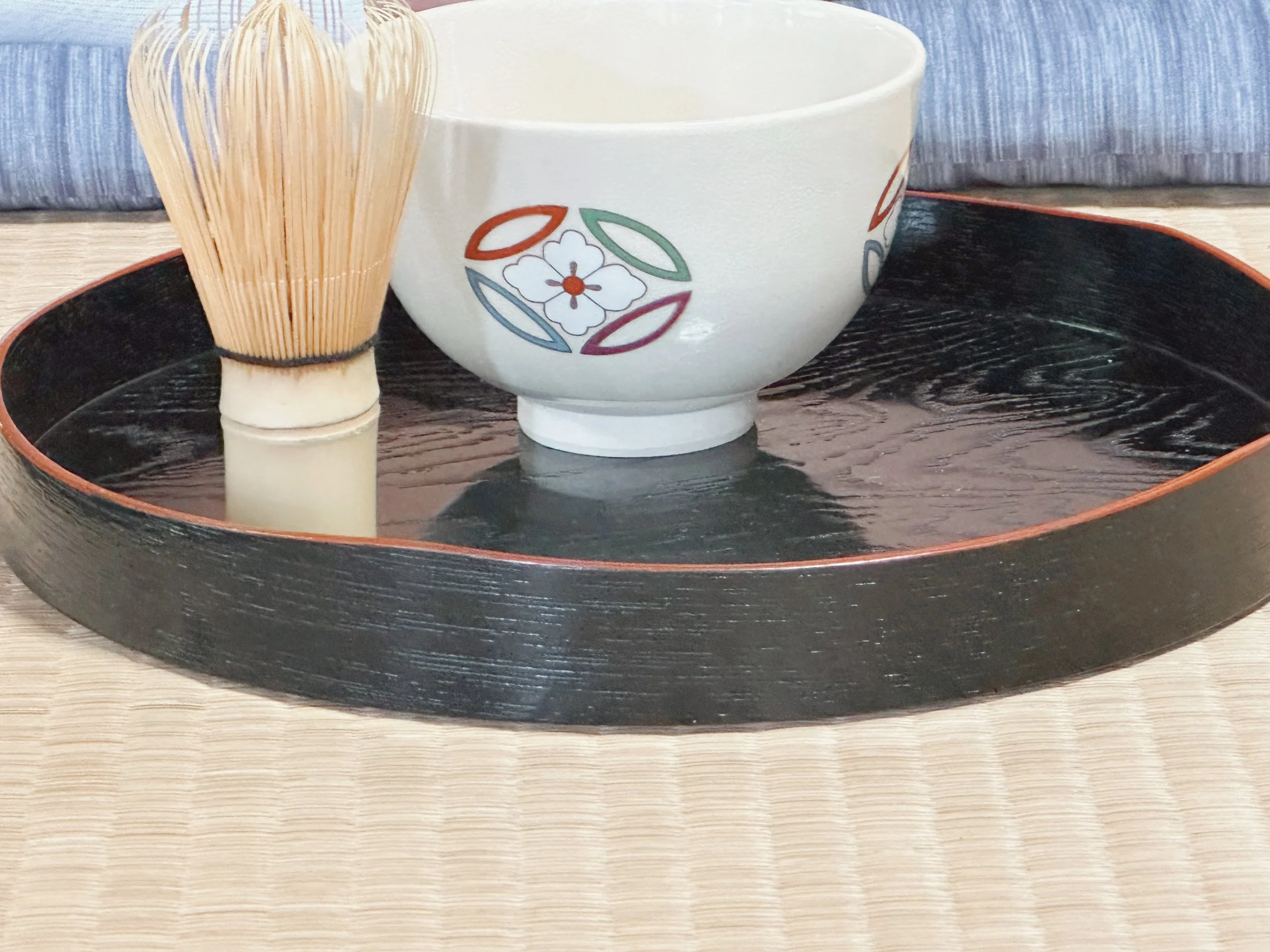Heading to Japan on business and not sure where to start? Here's a must-have packing list with everything you’ll need:
Clothing and Accessories
Business casual attire (such as dress shirts/blouses, slacks, skirts/dresses)
Casual clothing for non-business activities
Comfortable walking shoes
Socks and underwear
Pajamas or comfortable sleepwear
Weather-appropriate clothing (check the forecast)
Jacket or sweater for cooler evenings
Swimsuit (if you plan to visit hot springs or beaches)
Toiletries
Toothbrush and toothpaste
Shampoo and conditioner
Body wash or soap
Hairbrush or comb
Skincare products
Razor and shaving cream
Deodorant
Makeup (if applicable)
Prescription medications (make sure to keep them in their original bottles and check Japan’s prohibited medications list)
Electronics
Laptop or tablet
Smartphone and charger
Power bank for charging on the go
Travel adapter or universal power adapter
Camera or smartphone for photos
Headphones or earbuds
Portable Wi-Fi device (optional but useful)
Documents and Essentials
Passport
Travel itinerary and hotel reservations
Business cards (if applicable)
Student ID and any business-related documents
Travel insurance documents
Credit cards and cash (Japan uses the yen and it is an extremely cash-heavy society)
Japanese phrasebook or language translation app
Maps or navigation apps for getting around
Miscellaneous
Snacks or energy bars for quick bites
Water bottle (empty before going through security)
Travel-sized laundry detergent (if needed)
Travel pillow and eye mask for long flights
Entertainment such as books or e-reader
Student discounts or memberships for attractions (if applicable)
Make sure to also consider any specific items or equipment you may need for your business activities in Japan. If you have any other questions or need further assistance, feel free to ask!


